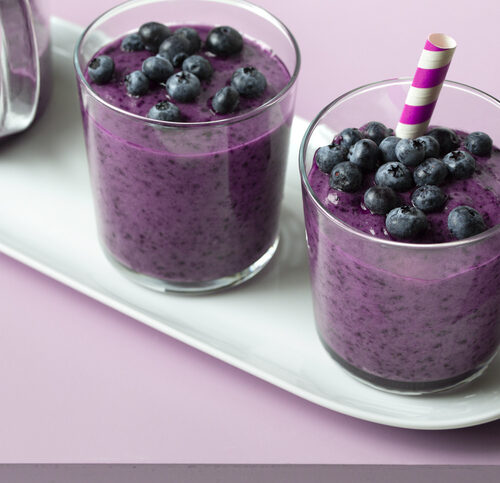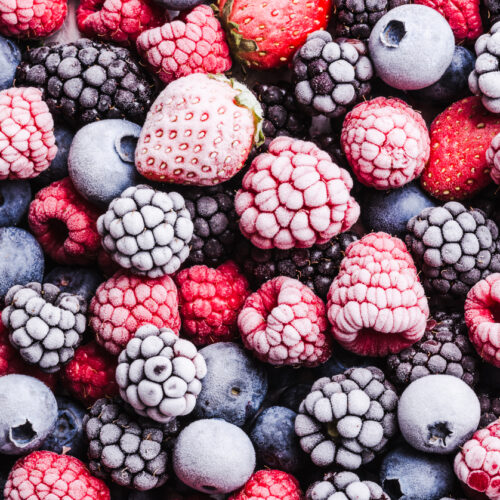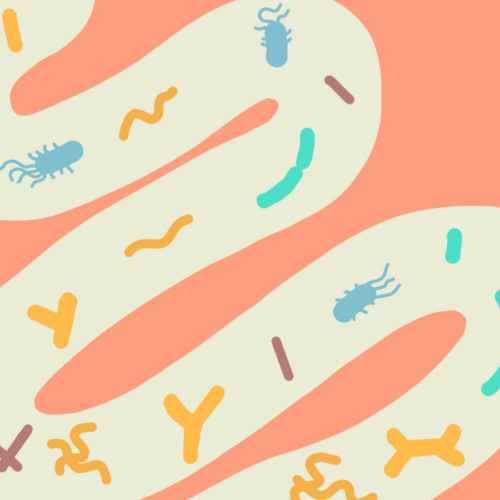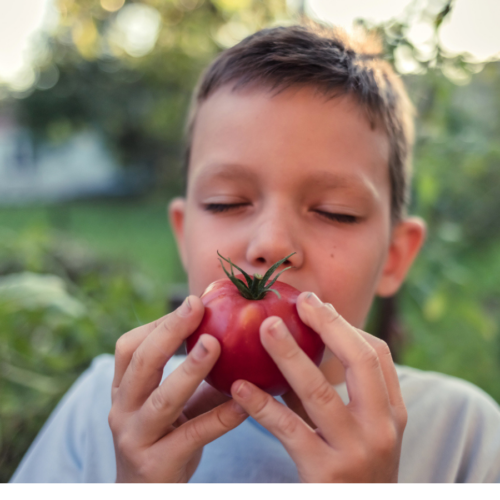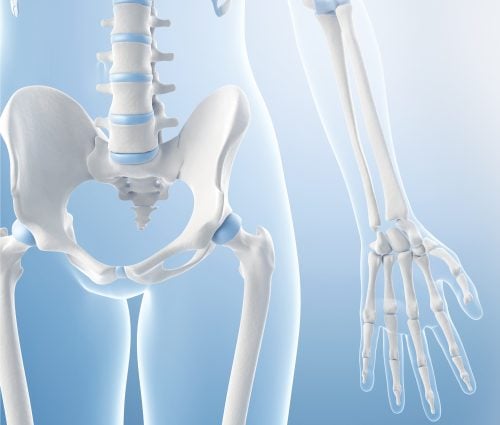
Dietitian Dave Shaw reports on this common condition and how best to look after your bones.
The bones of it
Almost 100,000 fractures are caused by osteoporosis every year in New Zealand and this figure is projected to exceed 115,000 by 2020.
Osteoporosis is characterised by low bone mass and deterioration of the bone tissue. The skeleton becomes brittle and less able to deal with the stresses and strains of daily life. Fractures of the wrists, spine and hips are the most common with the impact becoming more severe from middle age onwards. Hip fractures often lead to serious disability, a loss of independence and chronic pain. It’s estimated that 50 per cent of those with hip fractures require long-term care and up to 25 per cent pass away within 12 months.
Osteoporosis literally means ‘porous bones’ in Latin.
Who’s at risk?
Over-50s who’ve already had a fracture are most at risk. As oestrogen is active in bone formation, a sudden drop in this hormone in post-menopausal women puts them at higher risk than men of the same age.
Genetics determine up to 80 per cent of peak bone mass (bone mass is the amount of bone tissue in the skeleton) and ethnic differences contribute to risk, with European (Caucasian) and migrants more susceptible to lower bone mass when compared to Maori and Pacific Island populations.
Another factor is low body weight, particularly in frail older people and young people with eating disorders such as anorexia nervosa, due to a poor intake of essential nutrients.
A higher ratio of lean muscle to fat tissue in young people and older men has been associated with better bone health, and fatness among post-menopausal women has also been shown to be of benefit.
Diet and lifestyle
Diet and lifestyle are essential for skeletal health. Several key nutrients contribute to peak bone mass from birth, including calcium, vitamin D and protein, plus phosphorus, magnesium, zinc, carotenoids and vitamin K.
It’s important to reach peak bone mass by the age of 30 to reduce risk in later life. A 10 per cent increase in bone strength can delay osteoporosis by up to 13 years, which is why it’s known as a ‘paediatric disease with geriatric consequences’.
Calcium
A key nutrient for strong bones in all age groups, calcium is the major building block of our skeleton, where 99 per cent of our body’s calcium is stored. Increasing dietary calcium has been shown to improve bone health and reduce the risk of fractures. We also need calcium for healthy nerve and muscle function.
Calcium-rich foods include milk, yoghurt and most cheeses. The RDI (recommended daily intake) for adults is 1000mg/day (about 2-3 servings of dairy products) but our needs increase as we age.
People who are dairy intolerant can eat calcium-rich vegetables, tinned sardines/salmon (including the bones), nuts and fruits. Diseases such as Crohn’s and coeliac, as well as lactose intolerance, affect how much calcium the body absorbs so it’s important for anyone with bad digestion to work out which source of calcium they can tolerate.
10 easy ways to get calcium
- Add dairy products such as milk, yoghurt and cheese to meals and snacks.
- Include tofu as a meat alternative.
- Snack on dried fruit and nuts such as almonds and Brazil nuts.
- Drink milk, including calcium-enriched versions and add to hot drinks.
- Boost your intake of calcium-rich veges, such as broccoli, spinach and kale.
- Add wholegrains or seeds such as quinoa and chia to meals and snacks.
- Use chickpeas and lentils.
- Eat fish with the bones intact such as sardines.
- Grate cheese into soups and salads.
- Choose calcium or vitamin D-fortified products.
Tip: You’ll find a useful calcium calculator on the Osteoporosis NZ website.
Why we need calcium
Children and adolescents need to build strong bones to reduce the risk of osteoporosis later in life.
Adults need to maintain bone health and slow bone loss, which generally begins from 40-50 years. Anyone over 50 who experiences a fracture from a minor fall or bump should ask their doctor for an osteoporosis assessment.
Seniors need to sustain mobility and independence into old age.
Vitamin D
Vitamin D plays two key roles in the development and maintenance of healthy bones — helping calcium absorption and supporting bone renewal.
Although vitamin D is present in some foods, the primary source is sunlight so it’s recommended we try to expose bare skin to sunlight for 10-20 minutes each day outside peak hours — without sunscreen, but without getting burnt!
Vitamin D deficiency is a primary cause of rickets in children and osteomalacia (softening of the bones) in adults. Due to changes in their physiology and a tendency to remain indoors, older people tend to produce less vitamin D and need to focus on what they eat to maintain adequate levels, which isn’t easy. While vitamin D can be found in oily fish and some fortified foods — such as milk, yoghurt, soy milk and breakfast cereals — the optimum source is sunlight. Low vitamin D levels in the elderly are linked to age-related bone loss and fractures.
Protein
Protein provides the body with essential amino acids. Low levels of protein during childhood and adolescence affects our bone formation. In Western countries, many people hospitalised with fractures, often after a fall, show clinical signs of fat and muscle wasting, the result of a poor intake of protein and energy. One study of a large group of elderly people showed that those with the lowest intake of total protein over a year had the greatest bone loss, highlighting the importance of an optimal (not excessive) protein intake from animal and plant sources. The recommendation for protein intake is about 0.8g per kg of body weight, increasing to 1-1.2g per kg in later years.
Sodium and potassium
Too much sodium, or salt, is believed to harm bone health, but evidence that sodium contributes to the development of osteoporosis or that reducing salt is helpful for fracture prevention remains inconclusive.
Better bone health has, on the other hand, been associated with increased potassium intake, along with other nutrients in fruit and vegetables.
Alcohol
It’s widely accepted that alcoholism is a significant contributor to osteoporosis, but the effects of moderate drinking are less obvious. It’s recommended women drink no more than two standard drinks per day and no more than 10 a week and have at least two alcohol-free days. For men, the recommendation is no more than three drinks a day and two alcohol-free days.
Supplements
Supplements are often prescribed for older people who have a reduced capacity to produce vitamin D and tendency to remain indoors, however we recommend natural food sources over supplements for essential nutrients. It’s generally recommended that supplements should contain no more than 500-600mg of calcium and be taken under the guidance of a doctor or dietitian.
Lifestyle
Certain medications, medical conditions, a lack of weight-bearing physical activity and smoking can also increase your risk of osteoporosis and bone fractures.
Did you know?
- Smoking can increase the risk of a hip fracture by up to 31 per cent in women and 40 per cent in men. This risk can only be partially reversed by stopping smoking.
- It’s estimated that half of women and a third of men will suffer from an osteoporotic fracture at some point in their lives.
Article sources and references
- Osteoporosis New Zealand.http:// osteoporosis.org.nz/osteoporosisfractures/ what-is-osteoporosis/ Accessed August 2015https://osteoporosis.org.nz/osteoporosis-fractures/what-is-osteoporosis/
- Brown P et al.2007. The Burden of Osteoporosis in New Zealand 2007-2020. University of Auckland. School of Population Health. Auckand: Faculty of Medical and Health Scienceshttps://www.iofbonehealth.org/sites/default/files/PDFs/white_paper_new_zealand_2007.pdf
- Prentice A. 2004. Diet, nutrition and the prevention of osteoporosis. Public Health Nutrition 7(1A): 227-43https://www.ncbi.nlm.nih.gov/pubmed/14972062
- International Osteoporosis Foundation. 2015. Serve up Bone Strength. World Osteoporosis Day Campaign Toolkit. Switzerland: International Osteoporosis Foundation. http://share. iofbonehealth.org/WOD/2015/ campaign-toolkit/WOD_2015- campaign_toolkit.pdf Accessed August 2015https://www.iofbonehealth.org/news/serve-bone-strength-2015-world-osteoporosis-day-campaign
- Nieves J. 2005. Osteoporosis: the role of micronutrients. American Society for Clinical Nutrition 81: 1232S-9S.https://www.ncbi.nlm.nih.gov/pubmed/15883457
- International Osteoporosis Foundation. 2013. Bone Care For Post Menopausal Women. Switzerland: International Osteoporosis Foundation. www.iofbonehealth.orghttp://www.iofbonehealth.org/
- Bischoff-Ferrari H, et al.2007. Calcium intake and hip fracture risk in men and women: a meta-analysis of prospective cohort studies and randomised controlled trials. American Journal of Clinical Nutrition 86: 1780-90.https://www.ncbi.nlm.nih.gov/pubmed/18065599
- Bolland M et al. 2010. Effect of calcium supplements on risk of myocardial infarction and cardiovascular events: meta-analysis. British Medical Journal 341: 1-9.https://www.bmj.com/content/341/bmj.c3691
- Stockton K et al. 2011. Effect of vitamin D supplementation on muscle strength: a systematic review and meta-analysis. Osteoporosis International 22: 859-871.https://www.ncbi.nlm.nih.gov/pubmed/20924748
- Osteoporosis New Zealand. http://osteoporosis.org.nz Accessed August 2015https://osteoporosis.org.nz/
- Ward K, Klesges R. 2001. A Meta-Analysis of the Effects of Cigarette Smoking on Bone Mineral Density. Calcified Tissue International 68: 259-270https://www.ncbi.nlm.nih.gov/pubmed/11683532
- Ministry of health www.health. govt.nz/your-health/healthy-living/ addictions/alcohol-and-drugs/ alcohol Accessed August 2015https://www.health.govt.nz/your-health/healthy-living/addictions/alcohol-and-drug-abuse/alcohol
www.healthyfood.com


